A surprise God of War PC update has made it one of just three games to support AMD FidelityFX Super Resolution (FSR) 2.0. This significantly improved upscaling option, introduced a few weeks back in Deathloop (and more recently making it to Farming Simulator 22), completely replaces God of War’s FSR 1.0 setting, giving Radeon GPU owners a performance booster that comes much closer to Nvidia DLSS on quality.
I’ve snapped a few comparison shots (see below), and when upscaling to 1440p, the difference between FSR 2.0 and DLSS’ respective highest quality settings is barely visible. Neither are quite as sharp as native 1440p, but it’s a visible improvement on FSR 1.0, which was clearly the blurrier of the two upscalers in Santa Monica Studios’ fatherly deity-puncher.
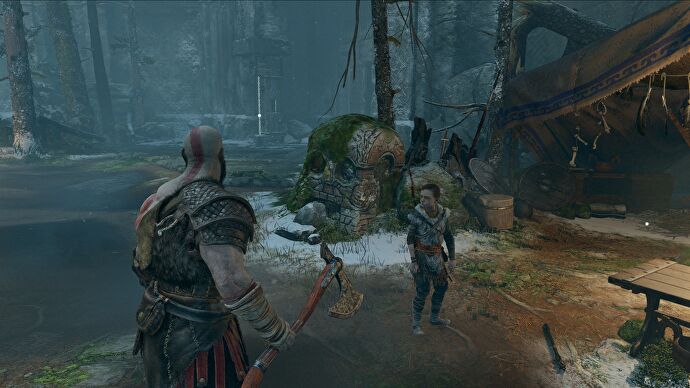
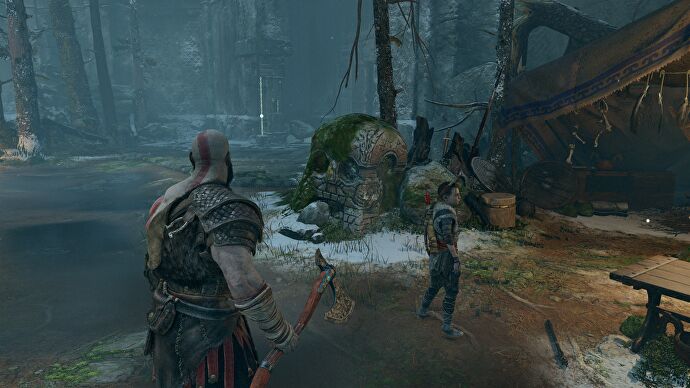
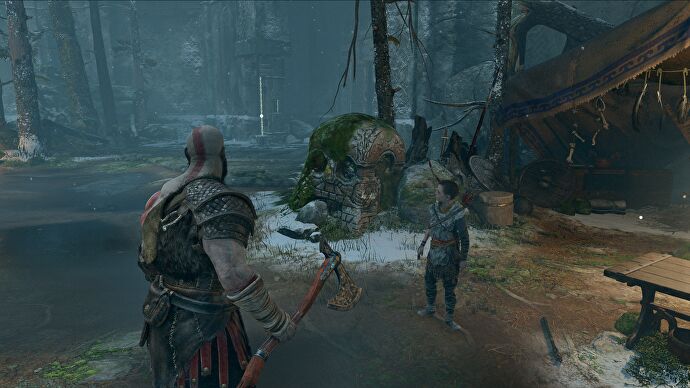
I also ran a quick series of benchmark tests on my personal PC (RTX 3090, Intel Core i9-10900K, 32GB DDR4) and found that FSR 2.0’s Quality setting more or less matches the performance boost of its DLSS equivalent. A combination of the Ultra graphics quality preset and native 1440p averaged 106fps, which rose to 115fps with FSR 2.0 and 118fps with DLSS.
That’s not quite as strong a showing for AMD’s tech as it had in Deathloop, where FSR 2.0 could go a few frames per second faster than DLSS, but it’s only a 3fps difference here. Considering DLSS is one of the reasons why Nvidia has so many of the best graphics cards, it’s good to see that FSR is finally catching up. And whereas DLSS requires a relatively pricey RTX card, FSR 2.0 will work on a lot of older, weaker and cheaper GPUs, including AMD Radeon and Nvidia GeForce models alike.
If anything, upscalers like FSR 2.0 are better for less powerful graphics cards than the likes of my RTX 3090, as their primary purpose is to improve performance by rendering games at lower-than-native resolutions. FSR 1.0 never had a problem with this part – it was the subsequent recreating of frames, to make them resemble the original res, where it couldn’t match DLSS on quality and sharpness. FSR 2.0 is much more sophisticated in how it pieces upscaled images together, drawing data from previous frames in the process, hence why it comes much closer to DLSS-level fidelity.
There are still loads more DLSS games than FSR 2.0 games, but the latter is slowly making up ground; EVE Online, Forspoken, Grounded, and Microsoft Flight Simulator will all get their own FSR 2.0 updates at some point.
Bringing you the latest news and reviews for games on Steam!

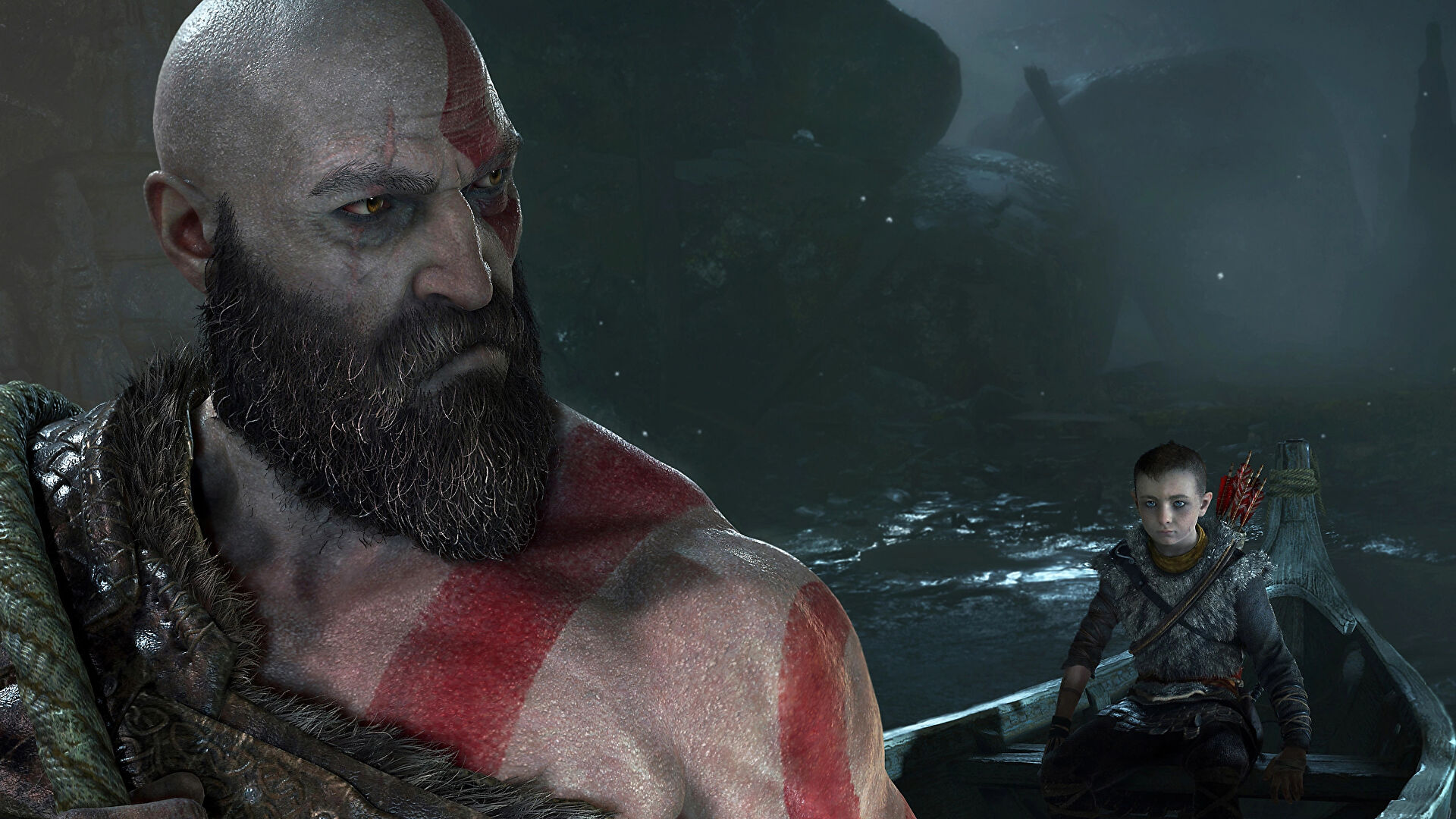

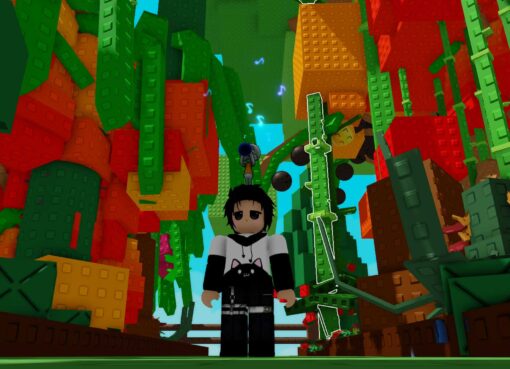
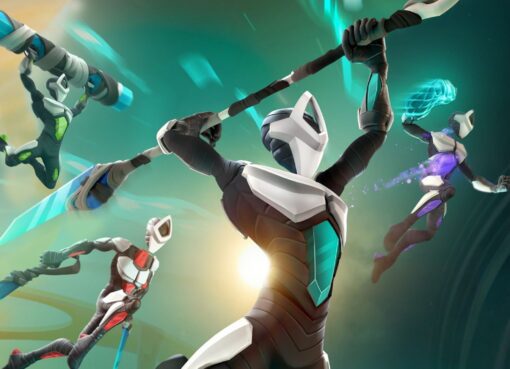
Comment here